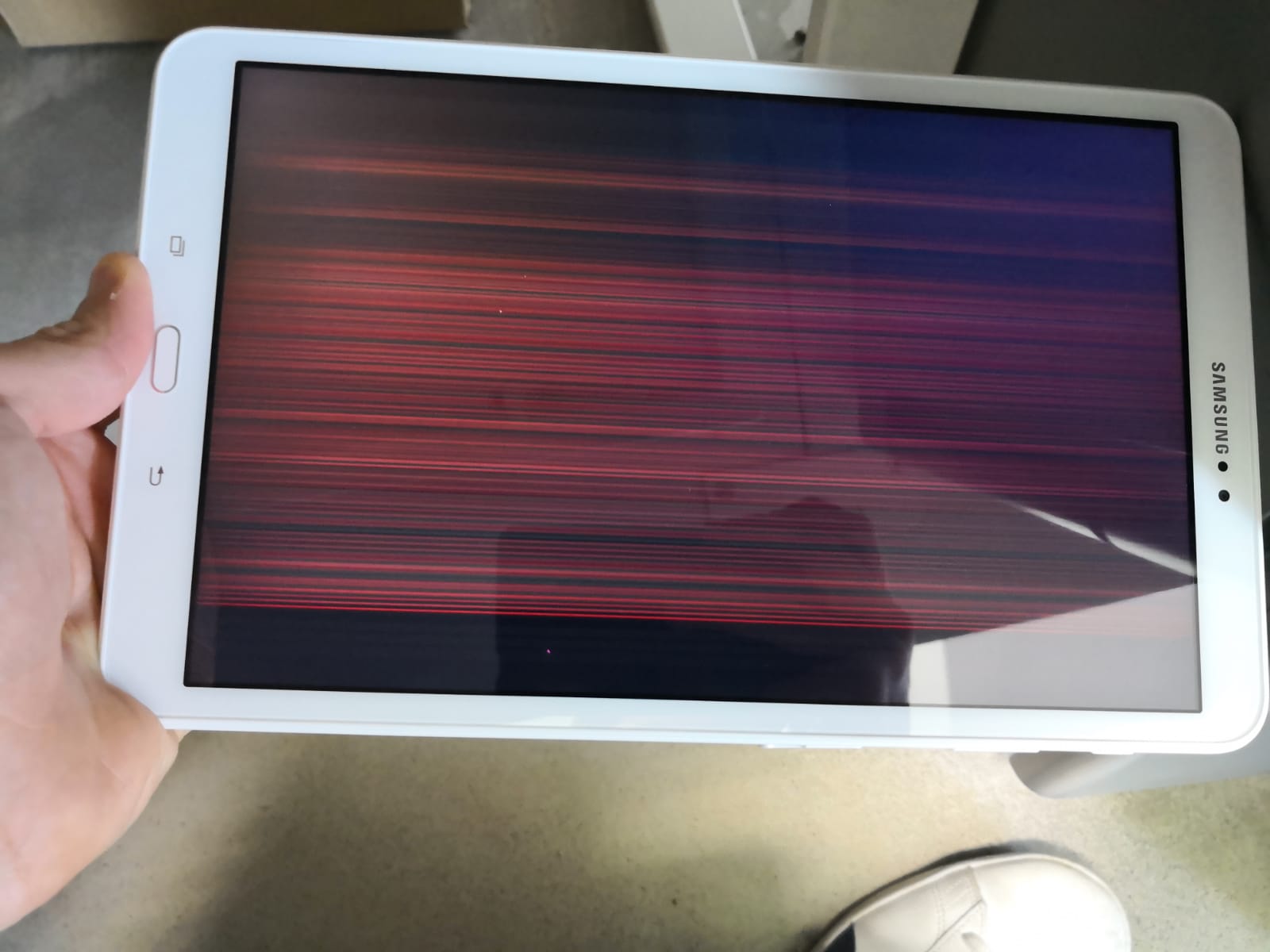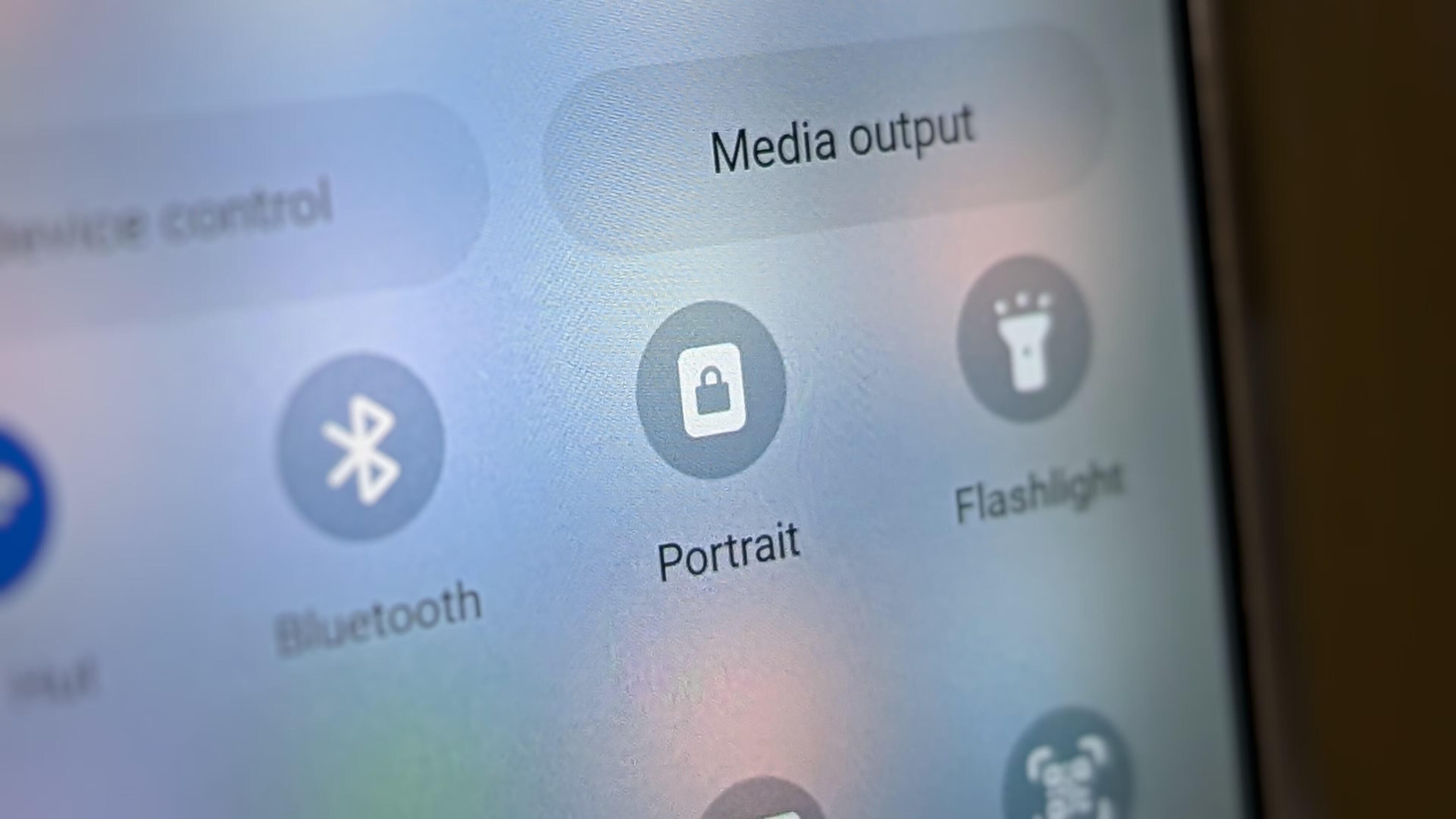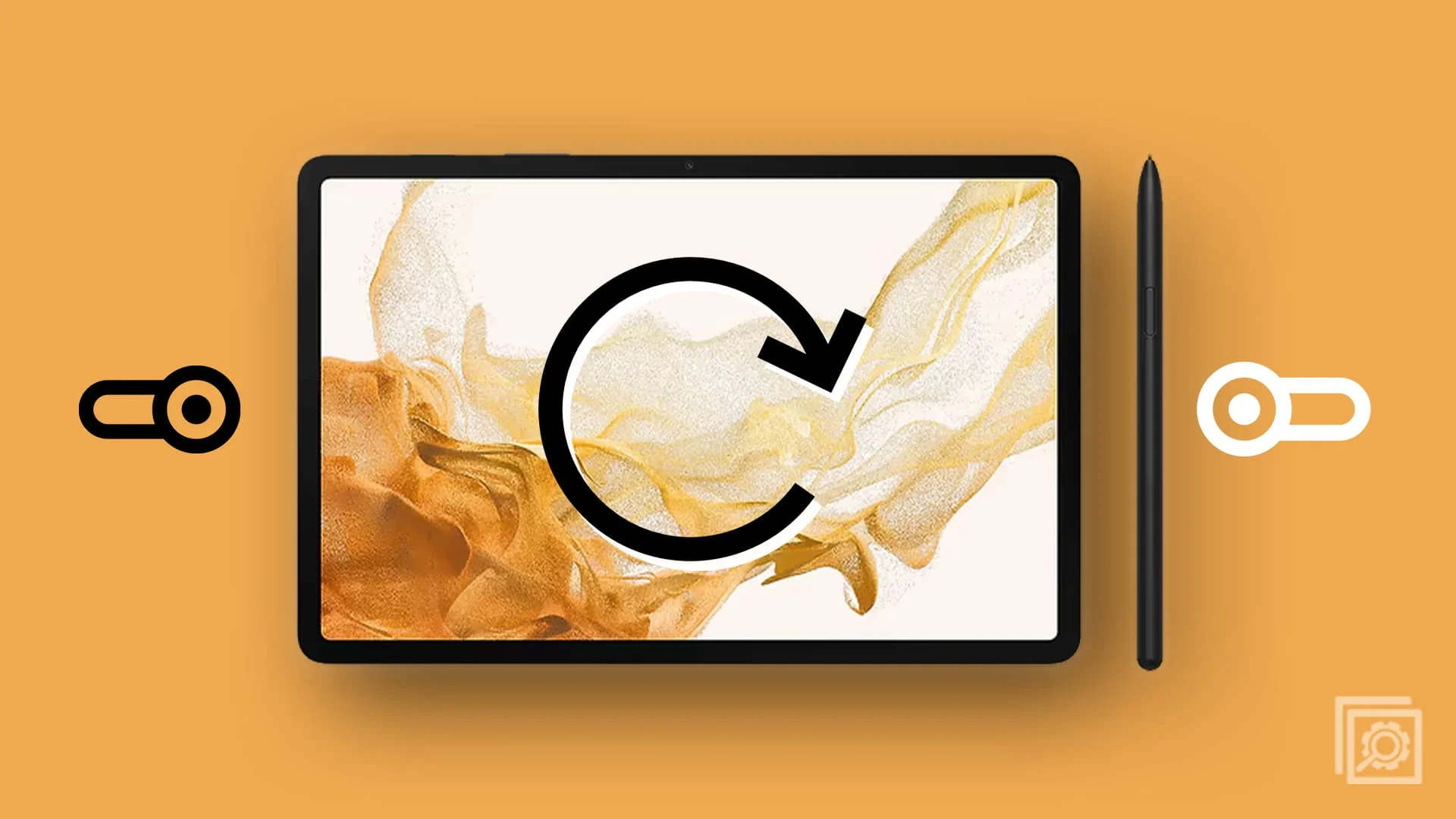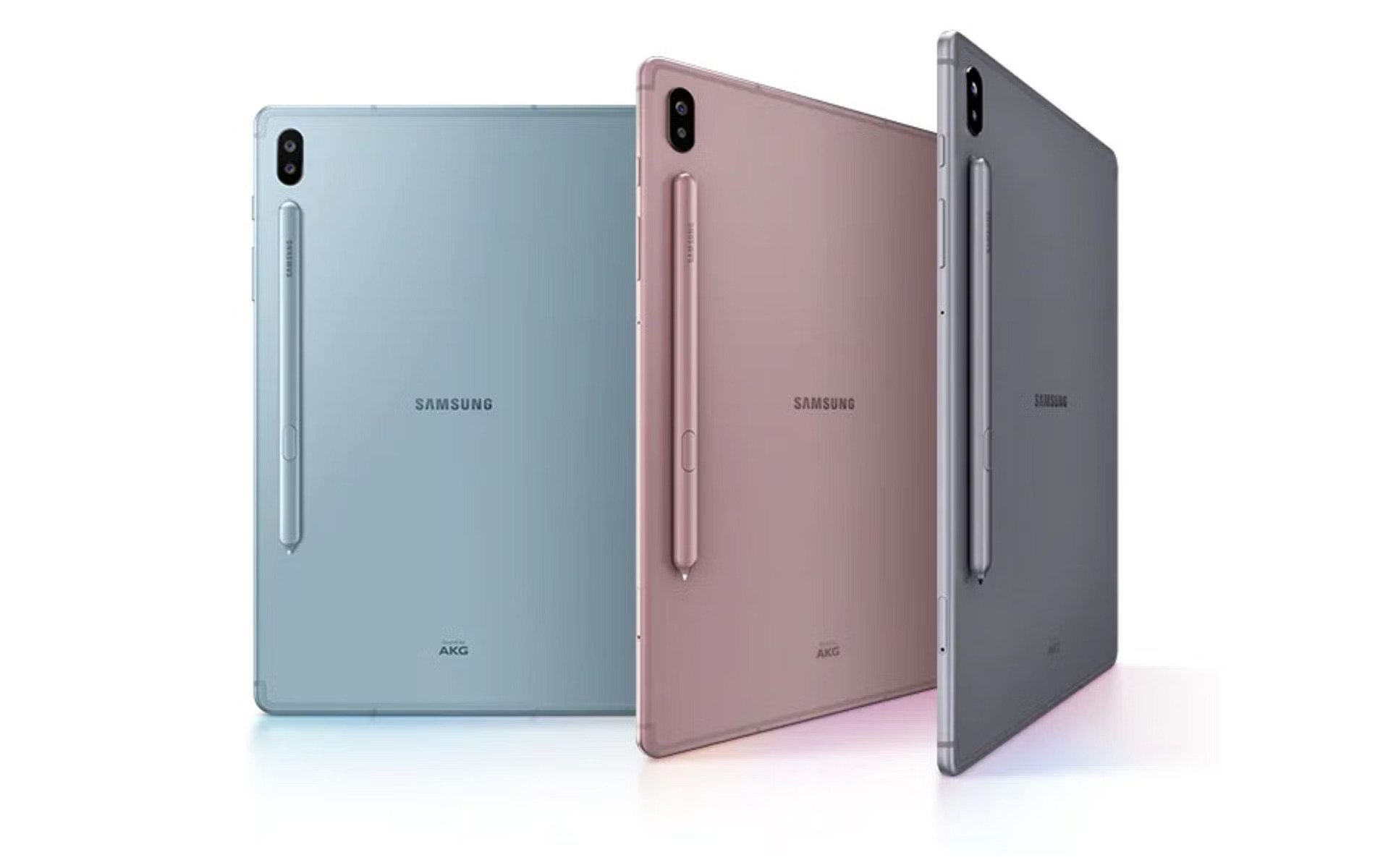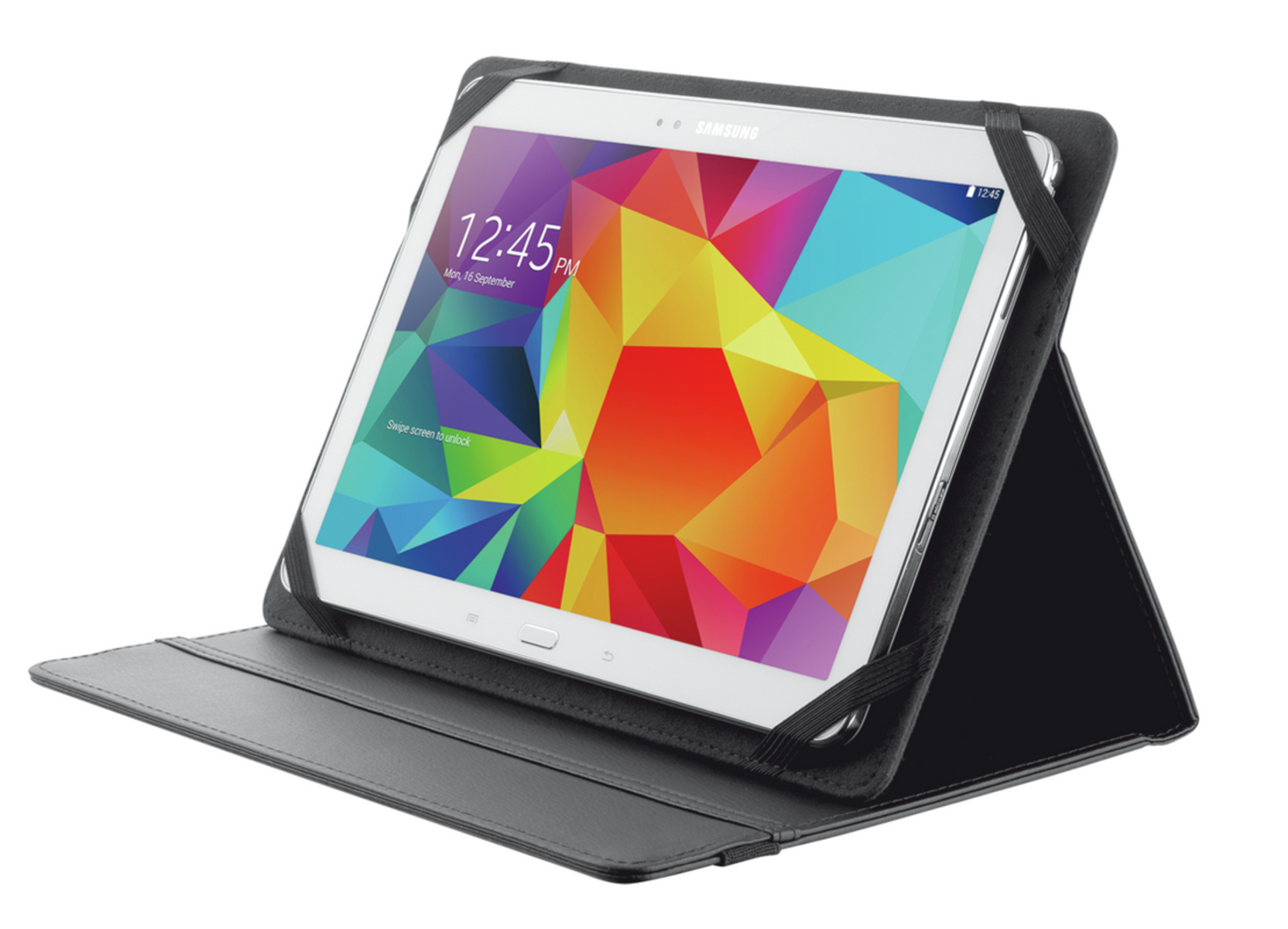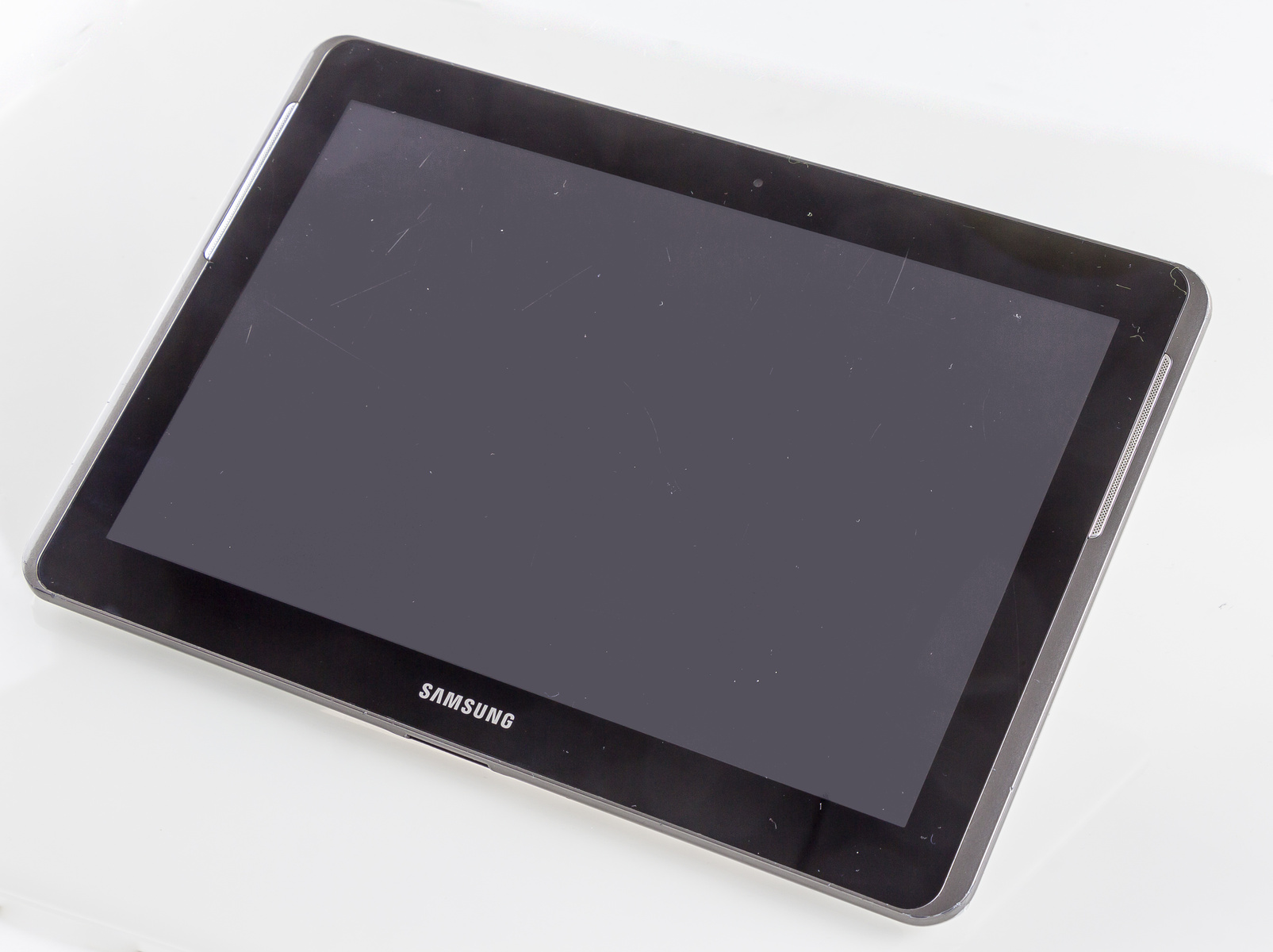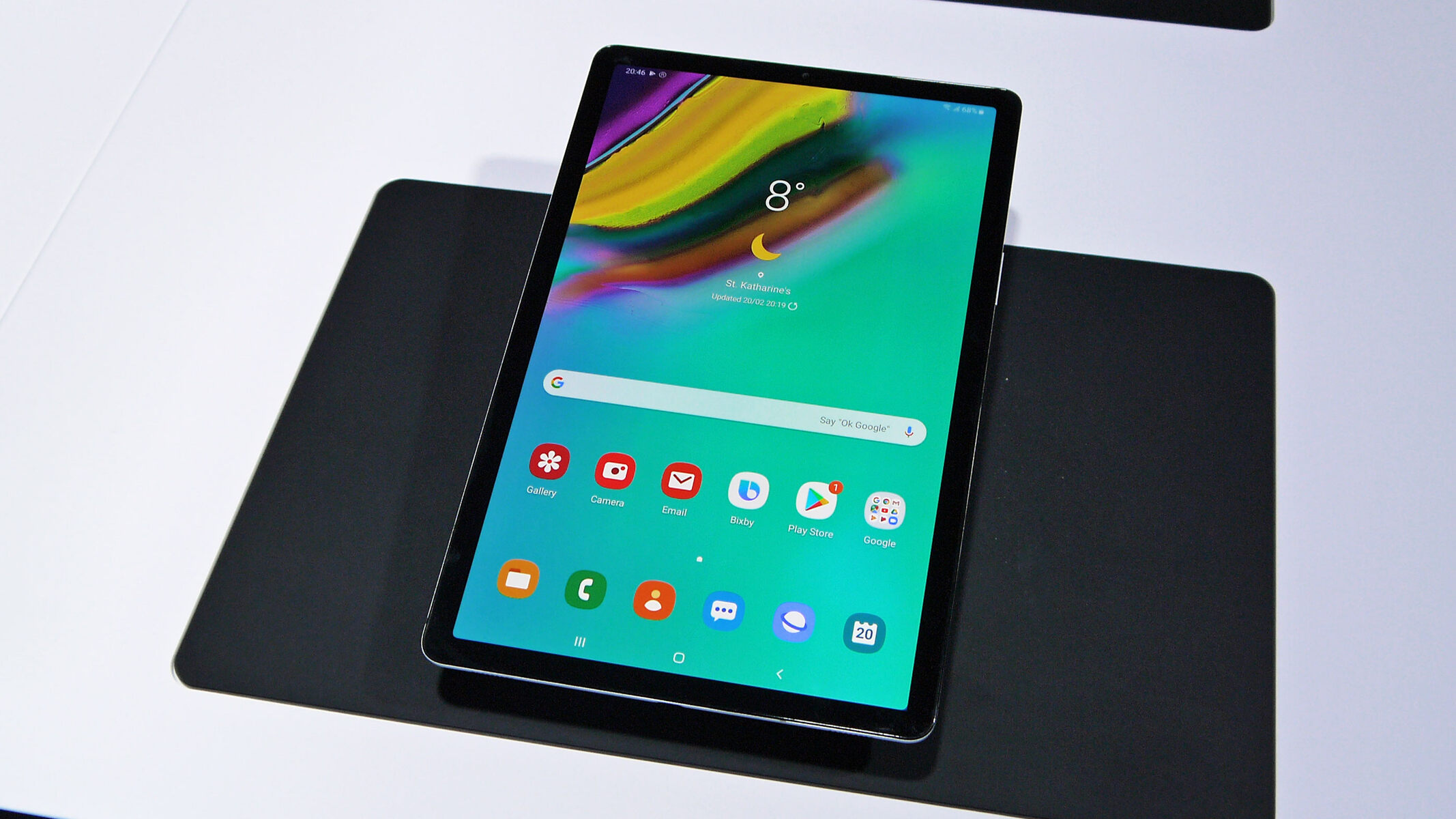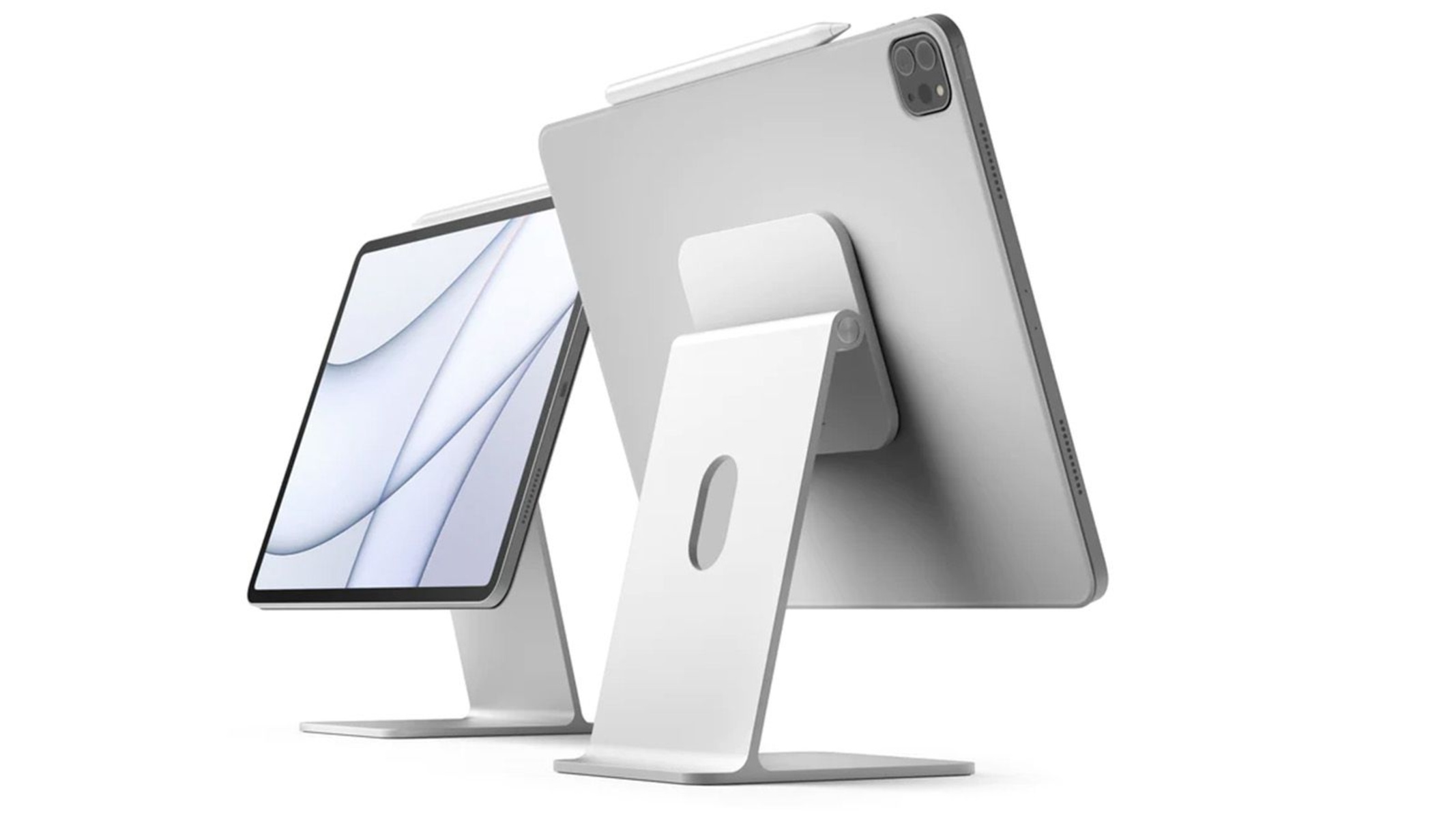Introduction
Using a Samsung tablet can be a delightful experience, but there may be instances where you encounter issues with the screen rotation. It can be frustrating when the screen doesn’t automatically rotate when you turn your tablet. Several factors can contribute to this problem, including software glitches, screen lock settings, or app-specific issues. In this article, we will explore common reasons why your Samsung tablet screen may not be rotating and provide solutions to help you resolve this issue.
One of the possible reasons for the screen rotation issue is the screen rotation lock setting. This feature allows you to lock the screen in a specific orientation, such as portrait or landscape mode. It can be helpful when you want to prevent accidental screen rotation, but sometimes it can be enabled unintentionally, causing the screen to stay locked in one orientation.
Another potential cause of the screen rotation issue is outdated system software. Manufacturers release software updates regularly to address bugs and improve usability. If your tablet’s software is outdated, it may lack the necessary optimizations for smooth screen rotation. Therefore, ensuring that your tablet’s system is up to date is essential in resolving this issue.
Moreover, certain apps on your tablet may have their own settings that override the system’s rotation settings. If you are experiencing screen rotation issues while using specific apps, it could be due to those app-specific settings. In such cases, checking the app’s settings and making the necessary adjustments can help resolve the problem.
If none of the mentioned solutions work, calibrating your tablet’s screen might be the next step. Screen calibration allows your tablet to read the sensors accurately, ensuring that it detects the rotation correctly. By following the calibration instructions provided by Samsung, you can realign the sensor readings for more accurate screen rotation.
In extreme cases where none of the troubleshooting steps resolve the issue, performing a factory reset might be necessary. This step erases all the data on your tablet and restores it to its original settings. It should only be considered as a last resort, as it will remove all your apps, files, and settings. However, it can help eliminate any software conflicts that could be hindering the screen rotation function.
In the following sections of this article, we will delve deeper into each of these solutions and provide step-by-step instructions on how to troubleshoot your Samsung tablet’s screen rotation issues. By following these recommendations, you will be able to enjoy your tablet to its fullest potential without any hindrances in screen orientation.
Common Reasons for Screen Rotation Issues
There are several common reasons why your Samsung tablet may experience screen rotation issues. Understanding these reasons can help you identify the problem and find an appropriate solution. Here are some factors to consider:
- Screen Rotation Lock: One of the primary reasons for screen rotation issues is the screen rotation lock feature. This feature allows you to lock the screen orientation in portrait or landscape mode. If this feature is enabled, your tablet’s screen won’t rotate automatically when you turn the device. Checking the screen rotation lock settings should be your first step in troubleshooting this issue.
- Outdated System Software: Another common reason for screen rotation problems is outdated system software. Manufacturers release software updates to address bugs and improve the performance of their devices. If your tablet’s software is outdated, it may lack the necessary optimizations for smooth screen rotation. Updating your tablet’s system software can often resolve this issue.
- App-Specific Settings: Some apps have their own settings that can override the system’s screen rotation settings. If you find that your tablet’s screen rotates correctly in most apps but not in a particular app, it might be due to the app’s settings. Checking the settings within the app and ensuring that screen rotation is enabled can help fix this problem.
- Calibration Issues: Occasionally, your tablet’s screen rotation sensors may become misaligned or inaccurate. This can result in incorrect screen rotation behavior. Calibrating the sensors can help resolve these issues. Samsung provides instructions on how to calibrate the screen, so following their guidelines should help you recalibrate the sensors for accurate rotation detection.
- Software Glitches: Like any electronic device, tablets can experience software glitches that affect their functionality. These glitches may interfere with the screen rotation feature. In such cases, restarting your tablet or performing a soft reset can often resolve the issue. This allows the device’s software to refresh and can help resolve temporary glitches.
By understanding these common reasons for screen rotation issues, you can effectively troubleshoot and resolve the problem. In the following sections, we will explore various steps and solutions to help you fix the screen rotation problem on your Samsung tablet.
Check for Screen Rotation Lock
One of the first steps in troubleshooting screen rotation issues on your Samsung tablet is to check for the screen rotation lock feature. This feature allows you to lock the screen orientation in either portrait or landscape mode. If it is enabled, your tablet’s screen will not rotate automatically when you turn the device. Here’s how you can check and disable the screen rotation lock:
- Swipe down from the top of your tablet’s screen to access the notification panel.
- Look for the “Screen Rotation” or “Auto Rotate” icon. It is usually depicted as a circular arrow or a lock icon with an arrow around it.
- If the icon appears highlighted or if there is a lock symbol, it means the screen rotation lock is enabled.
- Tap on the “Screen Rotation” or “Auto Rotate” icon to disable the lock. The icon will either change to an unlocked position or turn grayed out, indicating that the screen rotation lock is now disabled.
Once you have disabled the screen rotation lock, try rotating your tablet to see if the screen orientation changes automatically. If it does, then the issue is resolved, and you can enjoy the automatic screen rotation feature. However, if the problem persists, you may need to explore other solutions discussed in this article.
It is important to note that the location and appearance of the screen rotation lock icon may vary depending on the specific Samsung tablet model and its operating system version. If you cannot find the icon in the notification panel, try swiping left or right on the panel to access additional icons or settings.
By checking for the screen rotation lock setting and disabling it if necessary, you can ensure that your Samsung tablet’s screen can rotate freely based on its orientation. This simple step can often resolve screen rotation issues and provide a better user experience. If this solution didn’t fix the problem, continue reading to explore other potential solutions.
Manually Enable Screen Rotation
If your Samsung tablet’s screen rotation is not working even after checking for the screen rotation lock, you may need to manually enable the screen rotation feature. Here’s how you can do it:
- Swipe down from the top of your tablet’s screen to access the notification panel.
- Tap on the “Settings” gear icon to open the Settings menu.
- Scroll down and tap on “Display”.
- In the Display settings, look for “Screen Rotation” or “Auto Rotate Screen”.
- Tap on the toggle switch to enable the screen rotation feature.
Enabling the screen rotation feature manually ensures that your tablet’s screen will rotate automatically based on its orientation. Once you have enabled the feature, test the screen rotation by rotating your tablet. The screen should rotate accordingly, providing you with a more versatile viewing experience.
If you are unable to find the “Screen Rotation” or “Auto Rotate Screen” option in the Display settings, it could indicate that your tablet’s software version or model does not have this feature. In such cases, you may need to explore other troubleshooting solutions or contact Samsung support for further assistance.
It is worth mentioning that some Samsung tablets may have a quick access toggle for screen rotation within the notification panel itself. If you can’t find the option in the Settings menu, try expanding the notification panel and look for a dedicated toggle for screen rotation.
By manually enabling the screen rotation feature, you can override any potential software glitches or settings that may have caused the rotation issue. If this solution doesn’t resolve the problem, don’t worry, as there are still other solutions to explore, which will be discussed in the following sections.
Update Your System
Keeping your Samsung tablet’s operating system up to date is crucial for optimal performance and resolving various software-related issues, including screen rotation problems. Manufacturers release software updates regularly to address bugs and introduce improvements. Here’s how you can update your tablet’s system:
- Swipe down from the top of your tablet’s screen to open the notification panel.
- Tap on the “Settings” gear icon to access the Settings menu.
- Scroll down and tap on “Software Update” or “System Update”.
- Tap on “Download and Install” or a similar option to check for available updates.
- If an update is available, follow the on-screen instructions to download and install it.
During the update process, your tablet may restart and initiate the installation. Make sure your tablet is sufficiently charged or connected to a power source throughout the update to avoid any disruptions.
After the update is complete, test the screen rotation feature to see if it is now functioning correctly. If the issue persists, move on to the next troubleshooting step.
It is also beneficial to enable automatic system updates on your tablet. This ensures that you receive the latest software updates as soon as they become available, without manually checking for updates. To enable automatic updates, go to the “Software Update” or “System Update” section in your tablet’s Settings and toggle on the “Automatic Updates” or “Auto Update” option.
Updating your tablet’s system software not only provides potential fixes for screen rotation issues but also delivers performance enhancements and security patches. Therefore, it is essential to keep your Samsung tablet up to date to enjoy the latest features and a smoother user experience.
If updating the system software did not resolve the screen rotation problem on your tablet, don’t worry. We have more troubleshooting steps to explore, which will be discussed in the upcoming sections.
Check for App-Specific Issues
If you are experiencing screen rotation issues only with specific apps on your Samsung tablet, it may indicate app-specific settings causing the problem. Here are some steps you can take to address this issue:
- Open the app in which you are facing the screen rotation problem.
- Look for the app’s settings within the app itself. This is usually accessed through a menu or gear icon.
- Search for any specific screen rotation settings within the app’s settings menu.
- If you find an option related to screen rotation, ensure it is enabled or set to automatic mode.
- Restart the app and test the screen rotation. Often, closing and reopening the app can resolve temporary glitches.
If the app lacks specific screen rotation settings or enabling them does not fix the issue, there may be limited options to resolve the problem within the app itself. In such cases, consider reaching out to the app’s developer or checking their support forums for any known issues or provided solutions.
It’s also worthwhile to check if there are any pending updates for the app in question. Developers frequently release updates to fix bugs and improve compatibility. To check for updates, visit the Google Play Store (for Android) or the App Store (for iOS), find the app, and see if an update is available. Updating the app to the latest version can often resolve screen rotation issues.
If the problematic app is not essential to your tablet usage, you may also consider uninstalling and reinstalling it. This can help restore the app to its default settings and potentially resolve any underlying issues causing the screen rotation problem.
By checking for app-specific settings, updating the app, and reinstalling if necessary, you can address potential app-related issues that may affect screen rotation. However, if the problem persists even after trying these steps, continue reading to explore additional troubleshooting methods.
Calibrate Your Tablet’s Screen
If your Samsung tablet’s screen rotation issue persists, even after trying the previous solutions, it may be necessary to calibrate the tablet’s screen. Screen calibration helps realign the sensors and ensures accurate detection of the device’s orientation. Here’s how you can calibrate your tablet’s screen:
- Open the “Settings” menu on your tablet by tapping on the gear icon.
- Scroll down and tap on “Display” or “Display & Brightness”.
- Look for “Screen Calibration” or a similar option. The location may vary depending on your tablet model and software version.
- Follow the instructions provided by Samsung to calibrate your tablet’s screen. This usually involves rotating the tablet in specific ways or placing it on a flat surface.
- Once the calibration process is complete, test the screen rotation feature to see if it is functioning properly.
Ensuring that the tablet’s screen is accurately calibrated can greatly improve the performance of the screen rotation feature. By following the calibration instructions provided by Samsung, you are helping the tablet’s sensors to read and interpret the orientation correctly.
It is important to note that the calibration process may differ for different Samsung tablet models and software versions. If you are unable to locate the “Screen Calibration” option or the instructions provided in the settings, consult the user manual or visit the Samsung support website for specific guidance related to your tablet model.
Calibrating the tablet’s screen is a proactive step to address screen rotation issues. It can help eliminate any misalignment or inaccuracies in the sensors, resulting in smoother and more accurate rotation detection. If calibrating the screen does not resolve the issue, there are a few more troubleshooting steps to explore, which will be discussed in the following sections.
Perform a Factory Reset
If all other troubleshooting steps have failed to resolve the screen rotation problem on your Samsung tablet, performing a factory reset may be necessary. A factory reset will erase all data and restore the tablet to its original settings. It should only be considered as a last resort when no other solutions have worked. Here’s how you can perform a factory reset on your tablet:
- Ensure that you have a backup of all your important data, as a factory reset will erase everything on your tablet.
- Open the “Settings” menu and scroll down to find “General Management” or a similar option.
- Tap on “Reset” or “Reset Options”.
- Select “Factory Data Reset” or “Factory Reset”.
- Read the warning message and confirm your decision to proceed with the factory reset.
- Wait for the tablet to reset and restart. This process may take a few minutes.
After the factory reset is complete, set up your tablet as if it were new. Install necessary applications, restore your backed-up data, and test the screen rotation feature to see if the problem has been resolved. It’s important to note that performing a factory reset will erase all personal data, settings, and installed apps on your tablet, so be sure to backup everything you need before proceeding.
A factory reset can often resolve stubborn software-related issues that may be causing the screen rotation problem. It eliminates any potential conflicts or glitches in the system and provides a clean slate for your tablet. However, if even after performing a factory reset, the screen rotation issue persists, it may indicate a hardware problem or a deeper software issue. In such cases, it is recommended to contact Samsung support or visit an authorized service center for further assistance.
In the next section, we will conclude the article by recapping the troubleshooting steps discussed and emphasizing the importance of seeking professional help if needed.
Conclusion
Screen rotation issues on Samsung tablets can be frustrating, but they can often be resolved by following a few troubleshooting steps. In this article, we have explored common reasons for screen rotation problems and provided solutions to address them.
We began by checking for the screen rotation lock and manually enabling the screen rotation feature. These basic steps can sometimes solve the problem, as it may have been caused by accidental settings or system glitches. Updating the tablet’s system software is another essential step, as outdated software can hinder the screen rotation function.
Additionally, we examined app-specific settings and suggested ways to address issues that occur only in specific applications. Calibrating the tablet’s screen can also help align the sensors and improve the accuracy of the screen rotation feature.
If all else fails, performing a factory reset may be necessary. However, it’s important to note that this step erases all data on the tablet, so it should only be done after backing up important data and as a last resort if other solutions have failed.
In some cases, screen rotation problems may indicate a hardware issue or a deeper software problem. If the issue persists even after following the troubleshooting steps outlined in this article, it is recommended to seek professional assistance from Samsung support or visit an authorized service center for further diagnosis and repair.
By following the steps and solutions provided in this article, you can resolve screen rotation issues and enjoy a smooth and versatile viewing experience on your Samsung tablet. Remember to keep your tablet’s system up to date, check for app-specific settings, and utilize calibration options when needed. With patience and persistence, you can overcome screen rotation problems and fully enjoy the features of your Samsung tablet.









